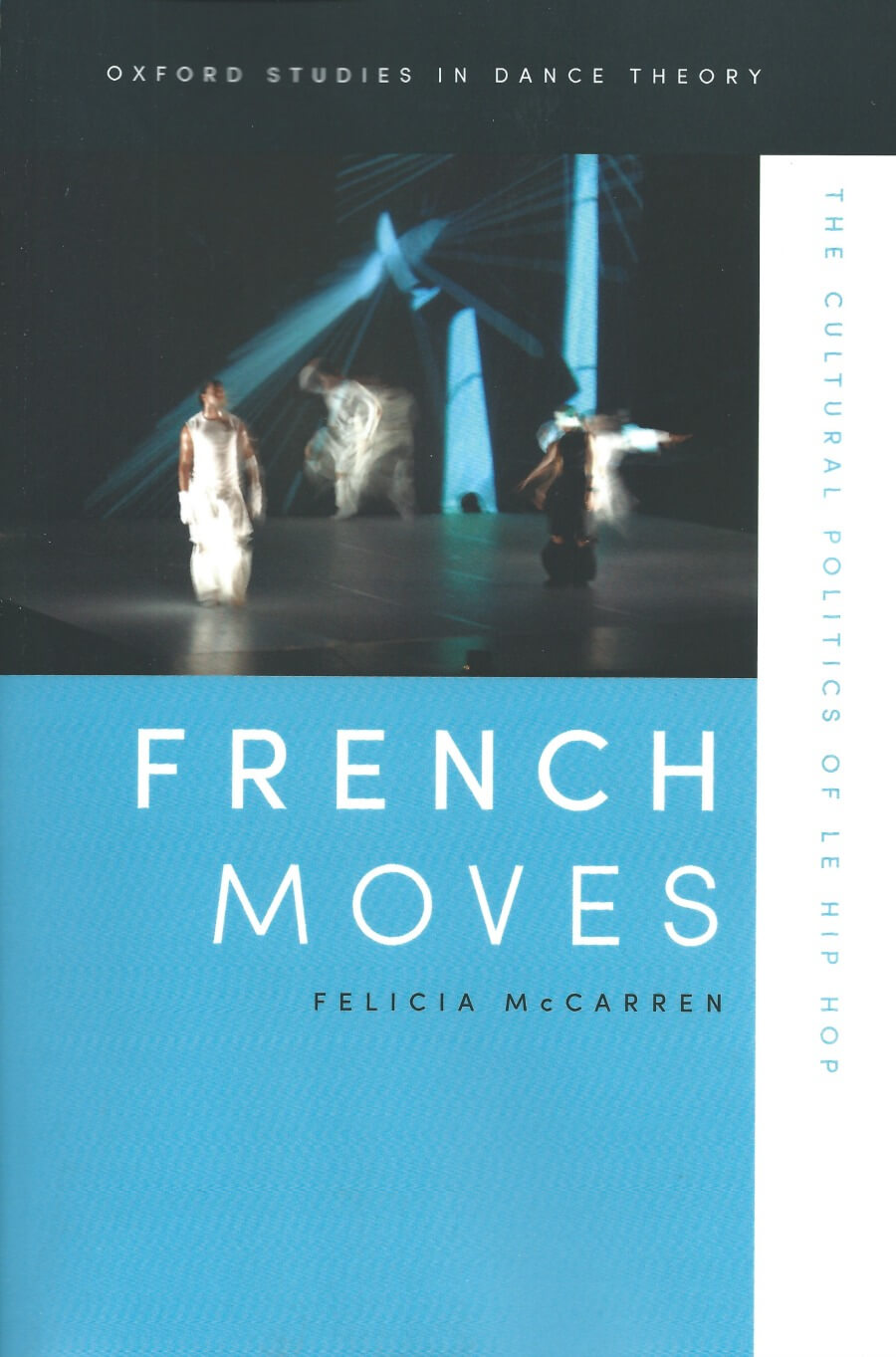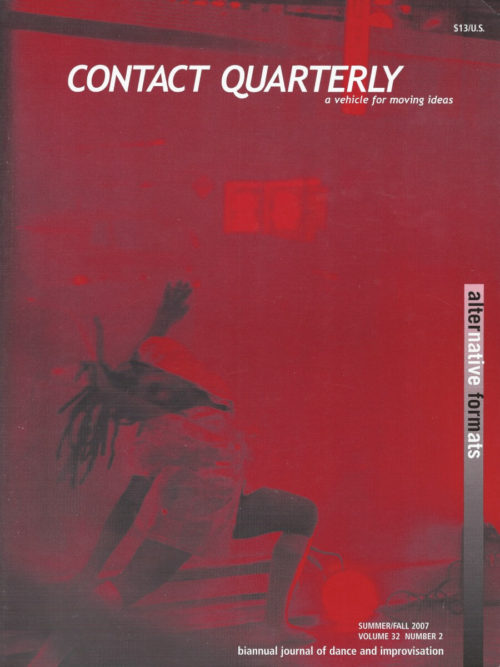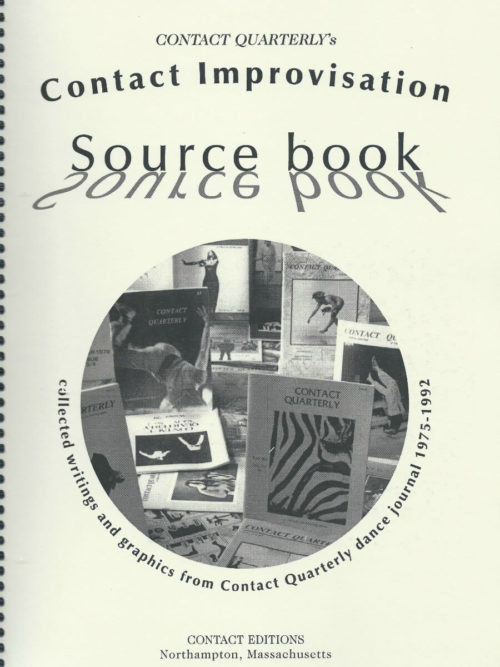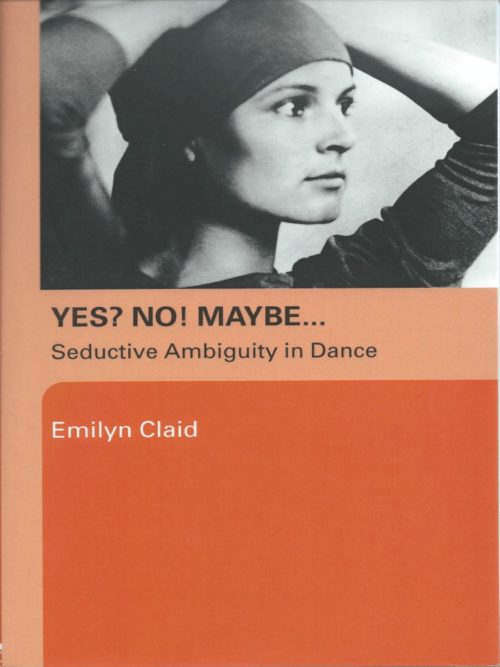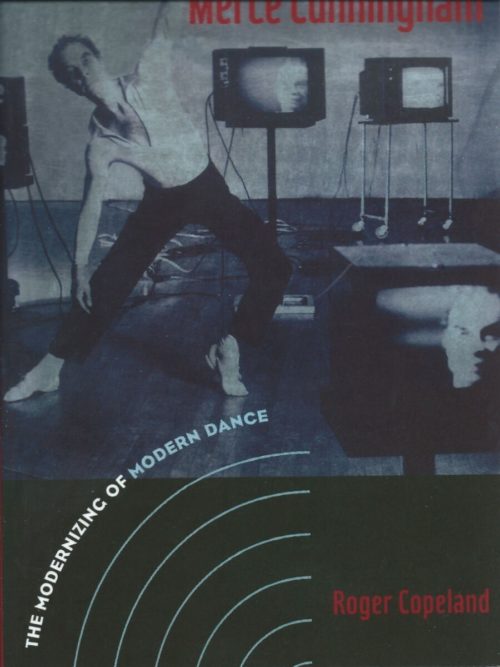RÉSUMÉ
For more than two decades, le hip hop has shown France’s « other » face: danced by minorities associated with immigration and the suburbs, it has channeled rage against racism and unequal opportunity and offered a movement vocabulary for the expression of the multicultural difference that challenges the universalist discourse of the Republic.
French hip-hoppers subscribe to black U.S. culture to articulate their own difference but their mouv’ developed differently, championed by a Socialist cultural policy as part of the patrimoine culturel, instituted as a pedagogy and supported as an art of the banlieue. In the multicultural mix of « Arabic » North African, African and Asian forms circulating with classical and contemporary dance performance in France, if hip hop is positioned as a civic discourse, and hip hop dancer as legitimate employment, it is because beyond this political recuperation, it is a figural language in which dancers express themselves differently, figure themselves as something or someone else.
French hip hop develops into concert dance not through the familiar model of a culture industry, but within a Republic of Culture; it nuances an « Anglo-Saxon » model of identity politics with a « francophone » post-colonial identity poetics and grants its dancers the statut civil of artists, technicians who develop and transmit body-based knowledge.
This book— the first in English to introduce readers to the French mouv’ —analyzes the choreographic development of hip hop into la danse urbaine, touring on national and international stages, as hip hoppeurs move beyond the banlieue, figuring new forms within the mobility brought by new media and global migration.

